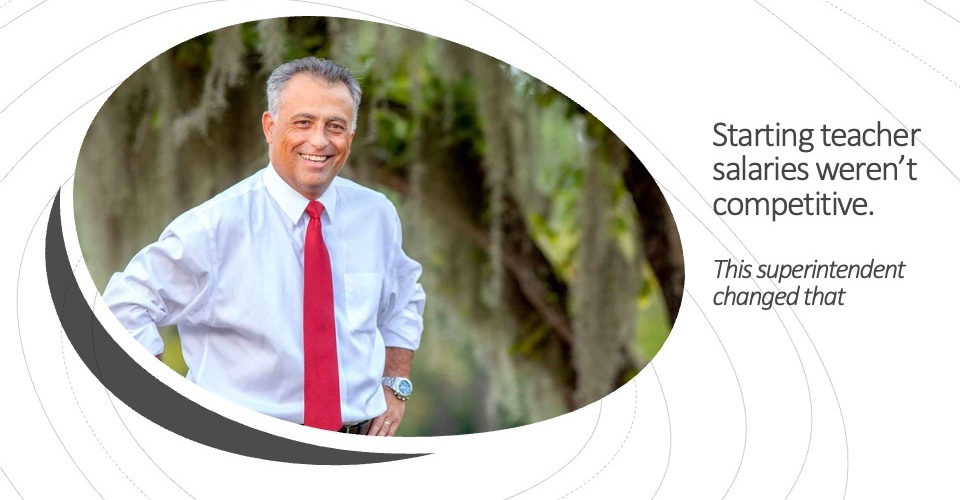Most K12 leaders would agree that high-dosage tutoring is now a key part of instruction. Most would also note difficulties with finding adequate space and funding, hiring high-quality tutors and encouraging students to attend.
Those hurdles and, more importantly, the solutions are explained by Stanford University’s National Student Support Accelerator in a new study of a large urban district and a charter system. The strategies identified should help administrators scale successful tutoring programs to help more students stay on track, the report’s authors contend.
Let’s start with what the educators in the study experienced as they launched high-dosage tutoring.
‘Talking out of School’ podcast: Why authenticity is so important for Principal Kafele
1. Widespread buy-in. Educators are eager to launch high-dosage tutoring, however, they also reported that improvements were needed to ensure tutors focused on the interventions most needed by students. This challenge was caused, in part, by a lack of data on students and if tutoring was having a positive impact.
2. Space and time constraints. Some schools had to hold tutoring sessions in hallways, cramped spaces and other less-than-ideal areas. This challenge “diluted the quality” of the sessions, the report said.
3. Clear eligibility requirements. Students with the lowest test scores and those falling short of proficiency were appropriately placed in high-dosage tutoring but schools could not always provide enough tutors.
4. Cost concerns. Individual schools faced significant personnel, material, equipment and facilities costs in implementing their programs even with assistance from central office.
High-dosage tutoring takes off
In laying out solutions, the report’s authors warn K12 leaders against viewing high-dosage tutoring as a uniform program without accommodating the needs of individual schools, educators and students. To ensure central office administrators and building leaders are working together to support high-quality tutoring, the report recommends:
- Creating designated tutoring spaces, including in classrooms when necessary, will give students privacy and increase the likelihood that they have the right materials and equipment, such as laptops.
- Hiring a lead tutoring coordinator to manage scheduling and transportation for before- and after-school sessions should give students adequate time for intervention sessions without interrupting core instruction.
- Partnering with local colleges or other community organizations to recruit tutors.
- Investing in data systems to identify the students who needed intervention most and track their progress.









